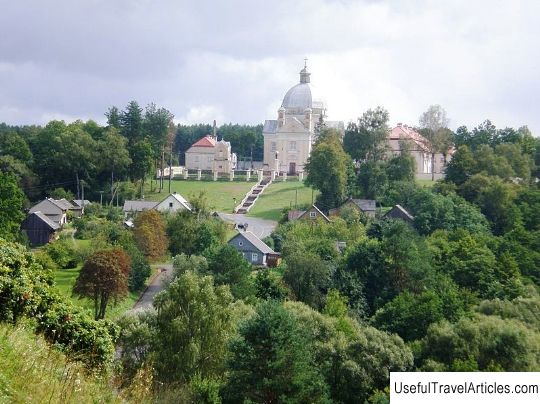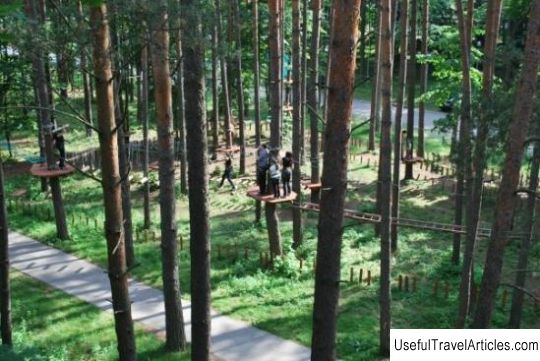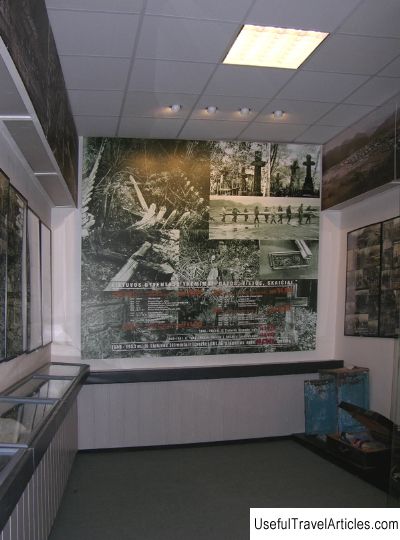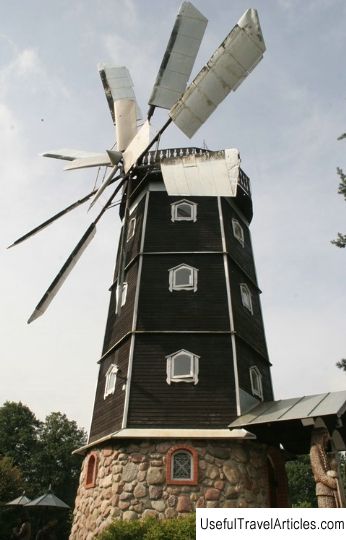Liskiava description and photos - Lithuania: Druskininkai
Rating: 8,2/10 (645 votes) 
Liskiava description and photo - Lithuania: Druskininkai. Detailed information about the attraction. Description, photographs and a map showing the nearest significant objects. The name in English is Liskiava. Photo and descriptionLishkiava is a small old town (now a village) located in the south of Lithuania, in the picturesque Varensky district, on the left bank of the Neman river, 9 kilometers from the town of Druskininkai. Belongs to the Merkines Elder. In 2005, the population of the village of Lishkiava was 37 people. In the ancient written sources Lishkiava was first mentioned in 1044. Already in the XI century, a wooden fortress was erected on a high hill. At the end of the 14th century, during the reign of the Lithuanian prince Vitovt the Great, the construction of a stone fortress began, which was stopped after the Battle of Grunwald (1410). The remains of the tower have survived to this day. The first church in Lishkava was Reformed from the second half of the 16th century until 1624. At the end of the 17th century, the rule of the Dominicans was established in the village. In the interval between the First World War and the Great Patriotic War, Lishkiava was on Lithuanian territory. A demarcation (demarcation) line passed along the Neman River, practically a border that separated the Republic of Lithuania and the Vilnius region, annexed to Poland. Mstislav Dobuzhinsky dedicated a poem in eight quatrains to Lishkiava. Today Lishkiava is famous for 4 archaeological a bull's footprint and the so-called "witch's stone". Lishkiava is also famous for its architectural monuments. This is a castle and the ruins of a tower of the XIV-XV centuries. Further, the most important attraction is the architectural ensemble of the world famous Church of the Holy Trinity (end of the 17th century) and the Dominican monastery (II half of the 18th century), located on the high bank of the Neman River. The church is a beautiful baroque pearl in southern Lithuania, visited by tourists from Lithuania and all over the world. The courtyard fence and the porch of the church belong to the construction of the 18th century, and the bell tower and the memorial pillar with the sculpture of St. Agatha date from the 19th century. Many works of art of the 17th-20th centuries have survived to this day in the Church of the Holy Trinity. Thanks to the efforts of the employees of the cultural center "Li š kiava", all this cultural heritage is adapted for tourists and cultural events. They are working to restore this cultural monument, which suffered during the First World War. In those terrible years, the monastery housed a shop, post office and other institutions. And in the Soviet years, the building of the monastery was used for other purposes. Children studied here first, then a sewing production was organized. And only in 1998, in the village of Lishkiava, it was decided to create a cultural state center "Li š kiava".     We also recommend reading Museum of Hetmanship description and photo - Ukraine: Kiev Topic: Liskiava description and photos - Lithuania: Druskininkai. |




